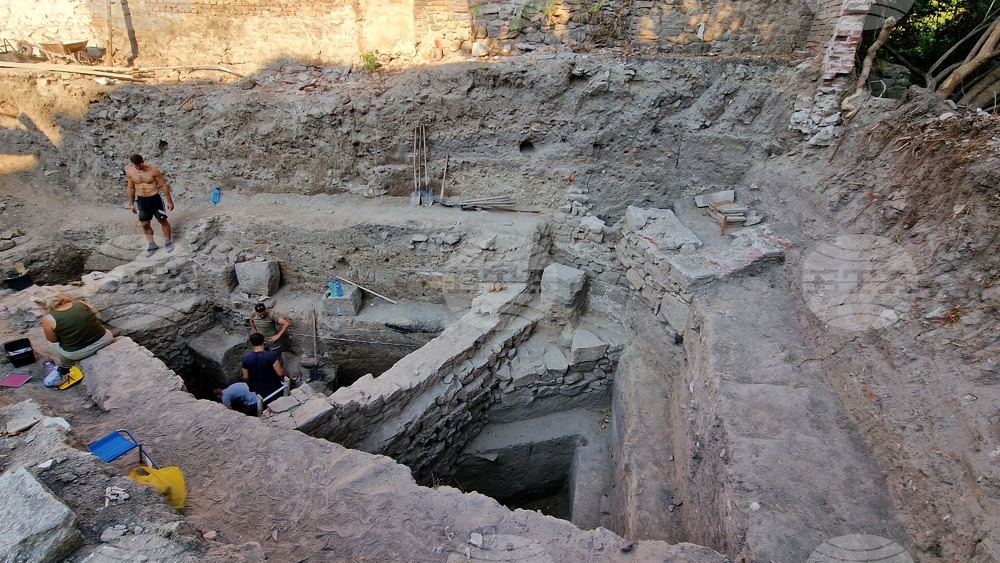site.btaArchaeologists Find 500+ Coins in Plovdiv’s Old Town


Archaeologists from the Regional Archaeological Museum - Plovdiv discovered nearly 560 items, including more than 500 coins from different eras and a gold template for jewellery making, during rescue excavations at the foot of the city’s Old Town. The investigated site is in the historical area Philippopolis-Trimontium-Plovdiv, which is a group monument of culture. It is located about 100 meters from the East Gate of Philippopolis and most likely represents a small workshop, similar to the ones in the Revival period, said in an interview with BTA the head of the excavations, Desislava Davidova.
The site is very interesting, standard for Plovdiv, where the depth of cultural layers can reach up to seven metres, Davidova said. The work on this site has descended to about 6.5 metres. Additions made in different periods were discovered, such as the Hellenistic - 3rd-1st century BC, and the Roman. The area encompasses the additions that were made to the street - workshops, shops, and residential buildings.
A large amount of pottery and coins was found. The coins are mostly bronze. They are to be restored.
"These are small workshops, different from those in the southeast of the city, where another type of production took place. This is basically where the settlement developed before the Romans came, and for that it is of particular interest,” Davidova said.
Plovdiv was an average type of city for the Roman Empire. They had very specific rules in organizing the empire in the provinces, and Rome was predictable in this respect, the archaeologist said. Studying the city over the last 30 years, specialists have seen various engineering solutions in the fortification of the sites, which have been very successful and have been undertaken to stabilize the structures.
The inscription discovered at the beginning of the fieldwork on the site is an exceptional find. It is most likely an honorific inscription from a pedestal for a statue dating from the time of Emperor Septimius Severus (193-211), according to Dr. Nikolay Sharankov, a specialist in epigraphy. A team is to be formed to study it in detail.
The excavation work at the site has been completed. A total of ten people worked in the field, five being hired workers and five an archaeological team. All the materials found are yet to be analysed.
/YV/
news.modal.header
news.modal.text